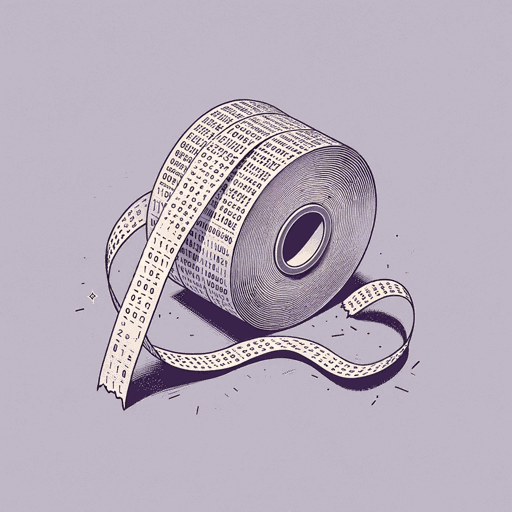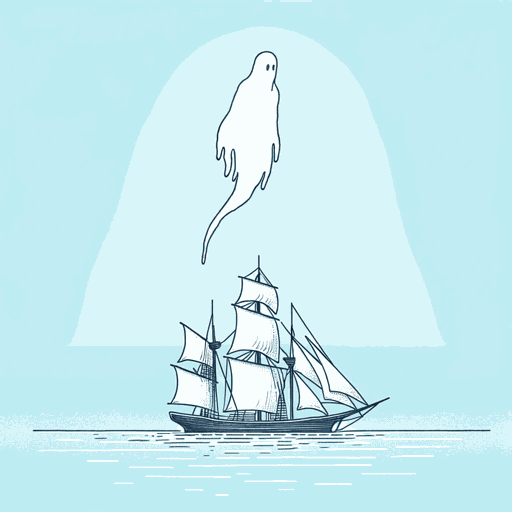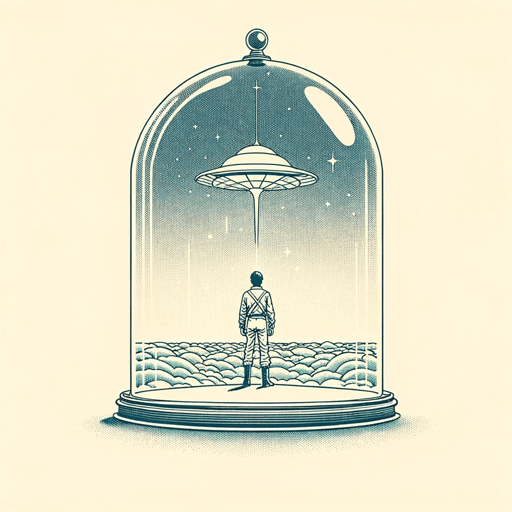99 pages • 3 hours read
Kurt Vonnegut Jr.Cat's Cradle
Fiction | Novel | Adult | Published in 1963A modern alternative to SparkNotes and CliffsNotes, SuperSummary offers high-quality Study Guides with detailed chapter summaries and analysis of major themes, characters, and more. For select classroom titles, we also provide Teaching Guides with discussion and quiz questions to prompt student engagement.
Discussion/Analysis Prompt
As the novel opens, John plans to write a “factual” book about the day the atomic bomb was dropped on Hiroshima, Japan. By the end of the novel, John has become a Bokononist, with a preference for “bittersweet lies,” and it is this latter version of John that writes Cat’s Cradle. To reinforce the point, an epigraph before Chapter 1 reads, “Nothing in this book is true” (vii). Like Bokonon, who openly admits that his teachings are false, Cat’s Cradle frequently draws attention to its own narrative nature and structure, making it an example of metafiction; the novel’s conclusion even describes where John’s completed manuscript is to be placed, and the text stops at the moment just before John’s anticipated death, suggesting he was then unable to add anything.
Drawing evidence and examples from throughout the novel, analyze the significance of Vonnegut’s decision to present Cat’s Cradle as metafiction. Why might Vonnegut have chosen to present this story from such a perspective? How much of the text’s meaning and impact would be lost or changed if he had instead presented this story from a more generic, third-person perspective, or even if he kept John as narrator but merely had him speak in first person present tense instead of looking back as a chronicler of history? Be sure to link your analysis to the novel’s major themes, such as The Persistence of Human Foolishness.
Related Titles
By Kurt Vonnegut Jr.

2 B R 0 2 B
Kurt Vonnegut Jr.

Breakfast of Champions
Kurt Vonnegut Jr.

Deadeye Dick
Kurt Vonnegut Jr.

Epicac
Kurt Vonnegut Jr.

Fates Worse Than Death
Kurt Vonnegut Jr.

Galapagos
Kurt Vonnegut Jr.

God Bless You, Mr. Rosewater
Kurt Vonnegut Jr.

Harrison Bergeron
Kurt Vonnegut Jr.

Mother Night
Kurt Vonnegut Jr.

Player Piano
Kurt Vonnegut Jr.

Slaughterhouse-Five
Kurt Vonnegut Jr.

The Sirens of Titan
Kurt Vonnegut Jr.

Welcome to the Monkey House
Kurt Vonnegut Jr.

